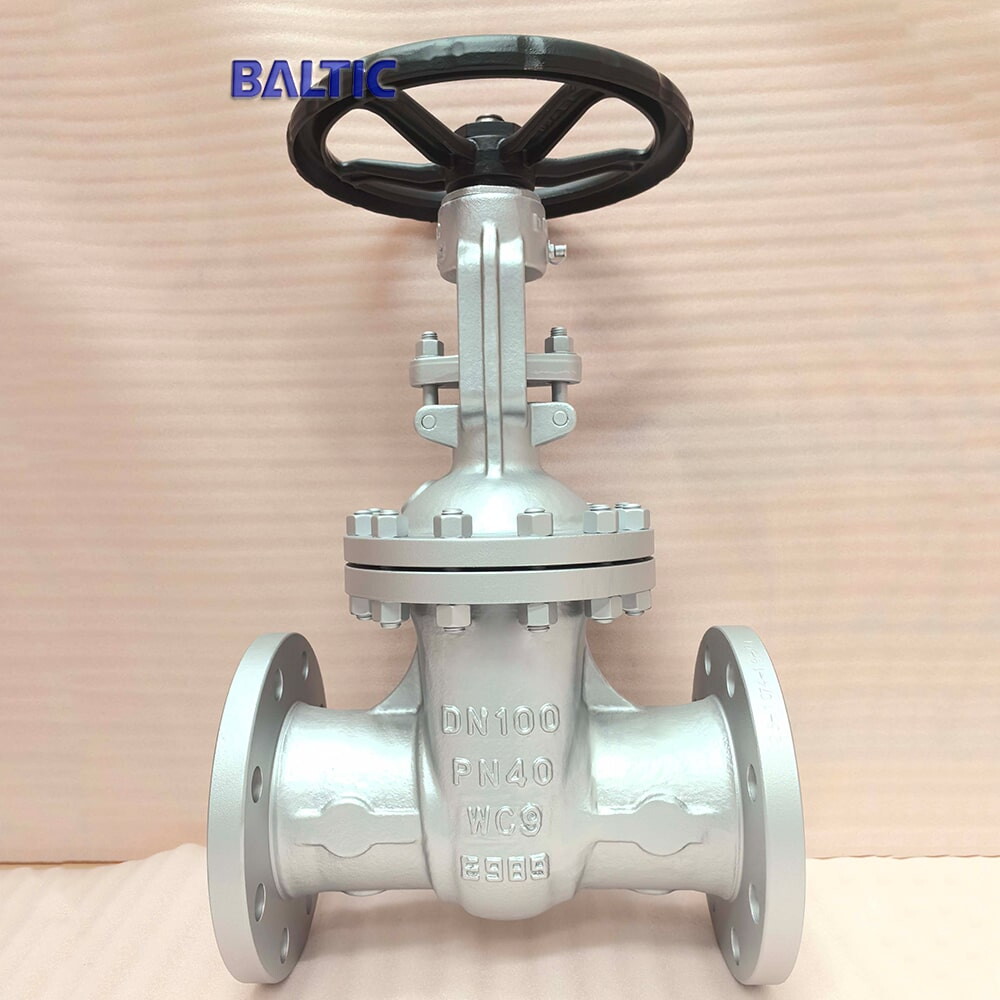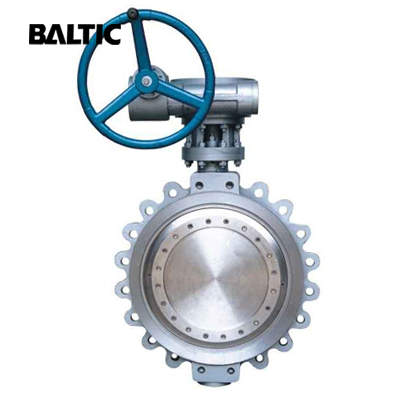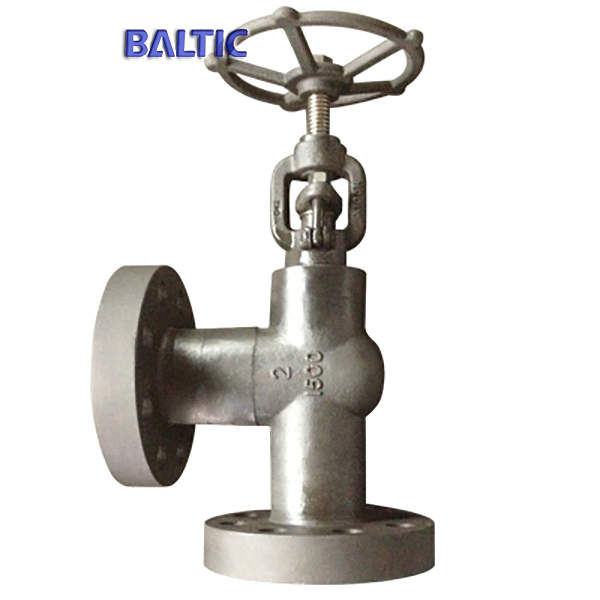Selection Steps of Valves
When we select the appropriate valves for the pipelines or the equipment, the following steps of selecting valves are supposed to be followed.
1. Determine valves' working conditions which include the working medium, the working pressure and the operating temperature according to the roles the valves play in the equipment or the pipelines.
2. The structural types of valves are supposed to be determined by the installation place, the installation space, the nominal diameter, etc. of the valve. The structural types of the valves can be classified into the the inside screw non-rising stem type gate valve, the trunnion mounted ball valve, the angle globe valves, etc.
3. Based on the working media, the work environment and the requirements of users, determine the sealing performance rating of valves.
4. According to the roles valves play in the facilities or the pipes, determine what kind of valve should be selected and what kind of drive mode should be adopted for the valve. The general types of valves include cut-off valves, control valves, safe valves and some other valves for special uses. The drive modes of valves can be classified into the electric drive mode, the pneumatic drive mode, the manual drive mode, etc.
5. Choose valves with the appropriate parameters. The nominal pressure as well as the nominal diameter of the valve should be determined in accordance with the installation process. The valves are installed directly on the pipelines, so the working conditions of valves are supposed to be consistent with the design parameters of the pipelines. After the standard, the nominal diameter, the nominal pressure, etc. of pipelines are determined, the nominal pressure, the nominal diameter, the design and manufacturing standards of the valve can also be determined. The nominal diameter of some valves are determined by the flow of the fluid in the pipelines within a certain period of time.
6. The connection types of the end surfaces and the pipelines should be determined by the practical operation conditions and the nominal diameters of valves. The connection types can be divided into the flanged connection, the welded connection, the wafer connection, the threaded connection, etc.
7. The valve body material as well as the valve internal parts' material can be properly chosen based on the features and properties of the media, the working pressure and temperature of the valve.
The good performance of the valve is related to many factors, and even the little problem may affect the final operational performance of the valve. Thus, each selection step of valves is supposed to be paid much attention to.
1. Determine valves' working conditions which include the working medium, the working pressure and the operating temperature according to the roles the valves play in the equipment or the pipelines.
2. The structural types of valves are supposed to be determined by the installation place, the installation space, the nominal diameter, etc. of the valve. The structural types of the valves can be classified into the the inside screw non-rising stem type gate valve, the trunnion mounted ball valve, the angle globe valves, etc.
3. Based on the working media, the work environment and the requirements of users, determine the sealing performance rating of valves.
4. According to the roles valves play in the facilities or the pipes, determine what kind of valve should be selected and what kind of drive mode should be adopted for the valve. The general types of valves include cut-off valves, control valves, safe valves and some other valves for special uses. The drive modes of valves can be classified into the electric drive mode, the pneumatic drive mode, the manual drive mode, etc.
5. Choose valves with the appropriate parameters. The nominal pressure as well as the nominal diameter of the valve should be determined in accordance with the installation process. The valves are installed directly on the pipelines, so the working conditions of valves are supposed to be consistent with the design parameters of the pipelines. After the standard, the nominal diameter, the nominal pressure, etc. of pipelines are determined, the nominal pressure, the nominal diameter, the design and manufacturing standards of the valve can also be determined. The nominal diameter of some valves are determined by the flow of the fluid in the pipelines within a certain period of time.
6. The connection types of the end surfaces and the pipelines should be determined by the practical operation conditions and the nominal diameters of valves. The connection types can be divided into the flanged connection, the welded connection, the wafer connection, the threaded connection, etc.
7. The valve body material as well as the valve internal parts' material can be properly chosen based on the features and properties of the media, the working pressure and temperature of the valve.
The good performance of the valve is related to many factors, and even the little problem may affect the final operational performance of the valve. Thus, each selection step of valves is supposed to be paid much attention to.



